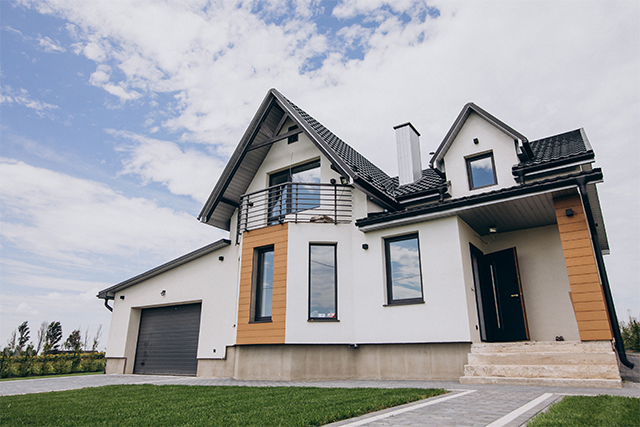Basement waterproofing is a critical step in ensuring the longevity and structural integrity of your home. It protects your basement from water damage, mold growth, and potential foundation issues. However, many homeowners make common mistakes that can compromise the effectiveness of their basement waterproofing efforts. In this article, we will discuss some of these mistakes and provide insights on how to avoid them.

1. Neglecting Regular Maintenance:
One of the biggest mistakes homeowners make is neglecting regular maintenance of their basement waterproofing systems. It’s essential to inspect and maintain your sump pump, drainage systems, and exterior waterproofing barriers periodically. Neglecting maintenance can lead to clogs, leaks, or even complete system failure, rendering your waterproofing efforts ineffective.
2. Poorly Planned Landscaping:
Improper landscaping around your home can contribute to water seepage into your basement. Avoid the mistake of directing water towards your foundation by ensuring proper grading away from your home’s perimeter. Additionally, be cautious when planting trees or shrubs near your foundation, as their roots can potentially damage your basement walls and compromise the waterproofing.
3. Ignoring Warning Signs:
Many homeowners make the mistake of ignoring warning signs of basement water intrusion. Signs such as musty odors, dampness, efflorescence (white powdery deposits on walls), or visible water stains should not be disregarded. Ignoring these signs can lead to more significant issues down the line, such as mold growth and structural damage. It’s crucial to address these warning signs promptly and take necessary actions to prevent further water damage.
4. Using Incorrect Waterproofing Materials:
Choosing the wrong waterproofing materials can significantly impact the effectiveness of your basement waterproofing project. Some homeowners make the mistake of using interior sealants or paints as a quick fix for water intrusion issues. However, these products only provide a temporary cosmetic solution and do not address the underlying problem. It’s important to use high-quality waterproofing membranes, coatings, and sealants specifically designed for basement waterproofing to ensure long-lasting results.
5. Improper Interior Drainage Systems:
Installing interior drainage systems without proper planning and consideration can be a costly mistake. Some homeowners may install drainage systems without addressing the root cause of the water intrusion. This can lead to ineffective drainage, water pooling, or even basement flooding. It’s crucial to identify the source of the water problem and design a comprehensive interior drainage system that effectively redirects water away from your basement.
6. DIY Overconfidence:
Basement waterproofing can be a complex and challenging task, and some homeowners make the mistake of tackling it as a DIY project without the necessary knowledge and experience. Without proper expertise, you may overlook critical steps or fail to identify underlying issues, leading to ineffective waterproofing. It’s recommended to consult with professional basement waterproofing experts who can assess your specific needs and provide appropriate solutions.
In conclusion, avoiding these common mistakes is crucial for a successful basement waterproofing project. Regular maintenance, proper landscaping, addressing warning signs, using the right materials, designing effective drainage systems, considering exterior waterproofing, and seeking professional assistance, like Blue Umbrella Waterproofing, when needed are essential steps to ensure the long-term effectiveness of your basement waterproofing efforts. By avoiding these mistakes, you can protect your home from water damage, maintain a healthy living environment, and preserve the value of your property for years to come.
